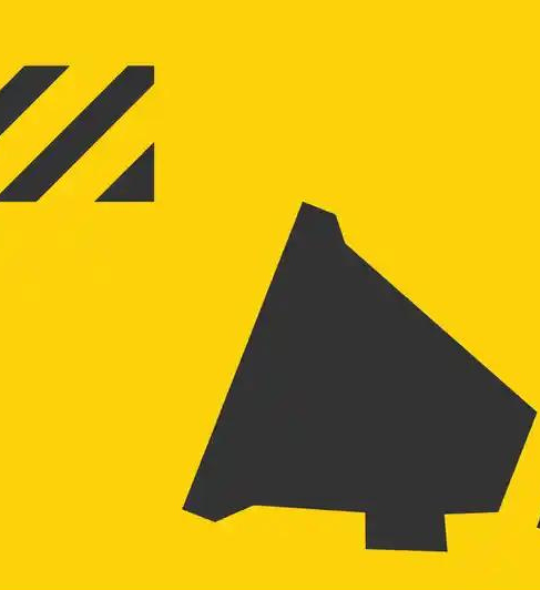
Demand Response (DR) is one of the tools that system operators use to regulate the grid, but did you know that there can be up to three types of DR in your market?
Ensuring grid stability is the most critical job of any system operator, so understanding DR is key to understanding how grids remain stable and the lights stay on. Let’s take a closer look at the three types of demand response:
Emergency DR
Emergency DR programs are the ‘big red button’ option. This type of DR enables system operators to react to sudden spikes in demand or drops in generation. These kinds of programs involve energy users signing up to agreements that obligate them to reduce energy use when emergencies arise quickly.
Unexpected generation drop (such as damage from fire, equipment failure, or natural disasters) can lead grid operators to call an emergency DR event. Similarly, a spike in energy use, such as during extreme weather, can threaten to overload the grid, necessitating emergency DR intervention.
These programs require participants to make binding commitments to reduce energy use by a predetermined amount. Generally have multi-year long obligation periods to ensure adequate response capacity.
Economic DR
These types of DR programs focus on improving energy efficiency, while lowering average grid energy use. System operators use these programs to encourage large industrial and commercial (IC) energy users and / or residential users to change their energy habits by highlighting the monetary benefits.
A familiar example would be time-of-use (TOU) pricing, which encourages users to load shift to off-peak hours and schedule energy intensive procedures accordingly based on the time of day. Options like TOU help flatten energy peaks and increase grid stability, while also helping users save money.
Flatting peaks with economic DR programs also save system operators (and ultimately customers) money due to the need for less capacity and infrastructure spending thanks to less extreme peaks. Economic DR programs also allow grids additional flexibility.
Specifically, they promote a more varied generation profile because additional savings can be reaped from intermittent generation sources – like renewables – if energy users are agile and responsive enough to tailor their usage based on changing, hourly generation profiles.
Ancillary DR
Ancillary DR programs provide additional support to system operators by enabling reactive support and voltage control, ensuring adequate network frequency, and improving grid reliability.
One example are ‘black-start’ generation facilities; namely, generators that can start up without the need for any external power supply. These are important for restarting a grid following a total system blackout. These DR programs are less consumer focused and pertain mainly to the supply side of the DR equation.
Ancillary DR helps balance the load/generation equation, quickly dispatching capacity as demand increases, as well as dynamically responding in cases of oversupply, either reducing generation or channelling oversupply into energy storage facilities.




